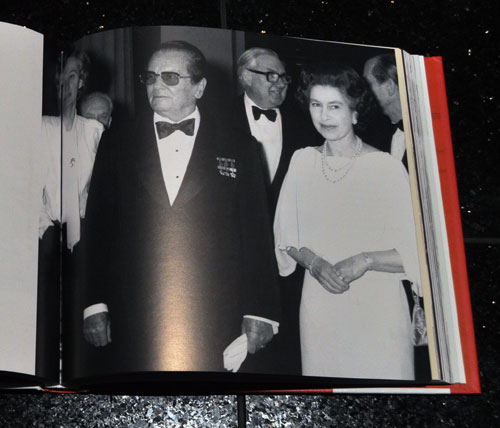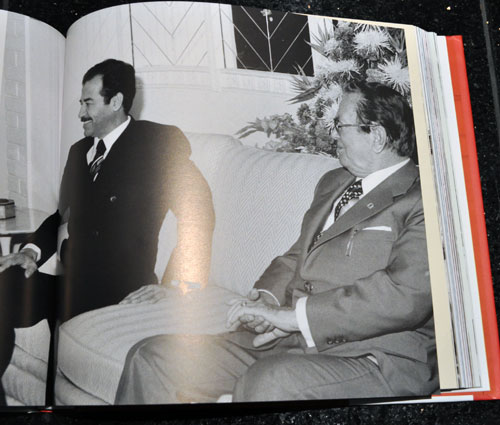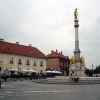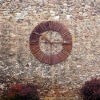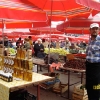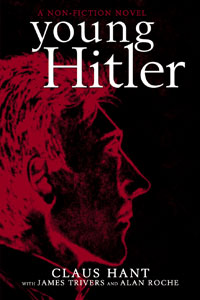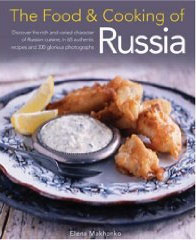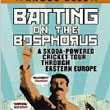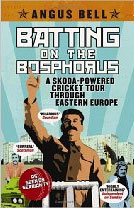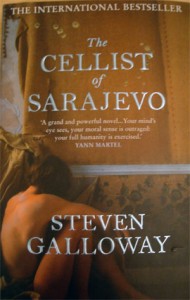Almost exactly a year ago I lost my job in quite spectacular fashion. The company I worked for didn’t just close down and send us on our way, our misfortune was splashed across international newspapers and websites. The closure didn’t just leave hundreds of employees across the globe without work or pay or what we were owed, but it left a lot of other disgruntled (and rightly so) people too. Despite that, many of those who the closure affected most, reached out and offered huge amounts of support and kind words which meant a great deal.
Despite the support, this time last year I was sat on the sofa, under a blanket, crying between each job application I completed. Times have thankfully changed. Now I have a job which I have thrown myself into and find hugely rewarding. I get to think, write and speak about food all day long.
While things are great now, going through the experience of losing my job was hard. I can’t pretend otherwise and it isn’t easy to forget. However, it did force me to take risks and do other things. Since last year I have consulted and worked for a few start ups, landed my new job working for a major brand and contributed a chapter to a book – words, images and a recipe. It’s the latter I’m most proud of. The offer came in just days after losing my job. If I’d still been working I’d have said: “Thanks but I can’t take time off work.” Instead I said: “When do you need it by?”
I won’t pretend it was the most lucrative gig! I had to pay for flights to Krakow and stay in a hotel, the cheapest I could find. There was a slight incident with some raw bacon which didn’t go too well but thankfully (possibly due to large amount of cheap red wine consumed just after) I survived unscathed if a little out of pocket.




